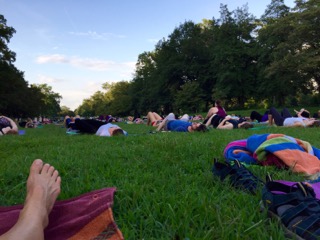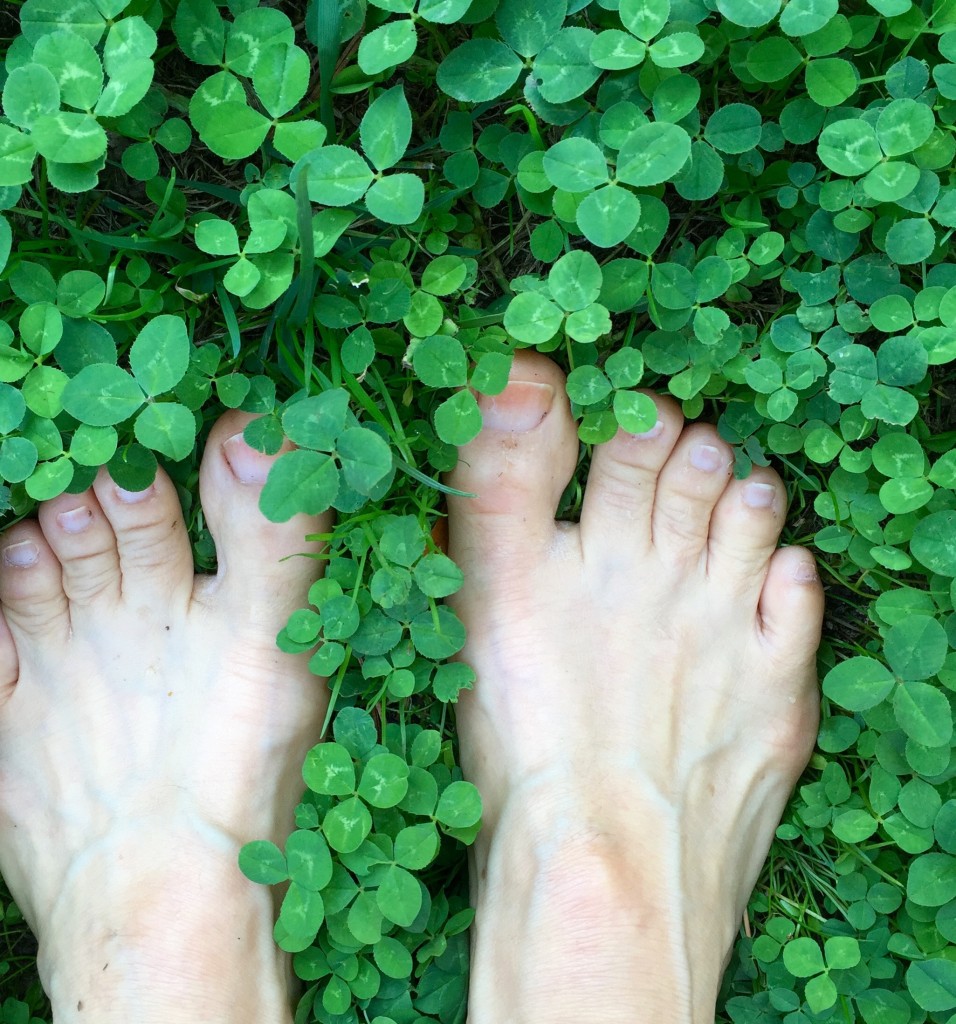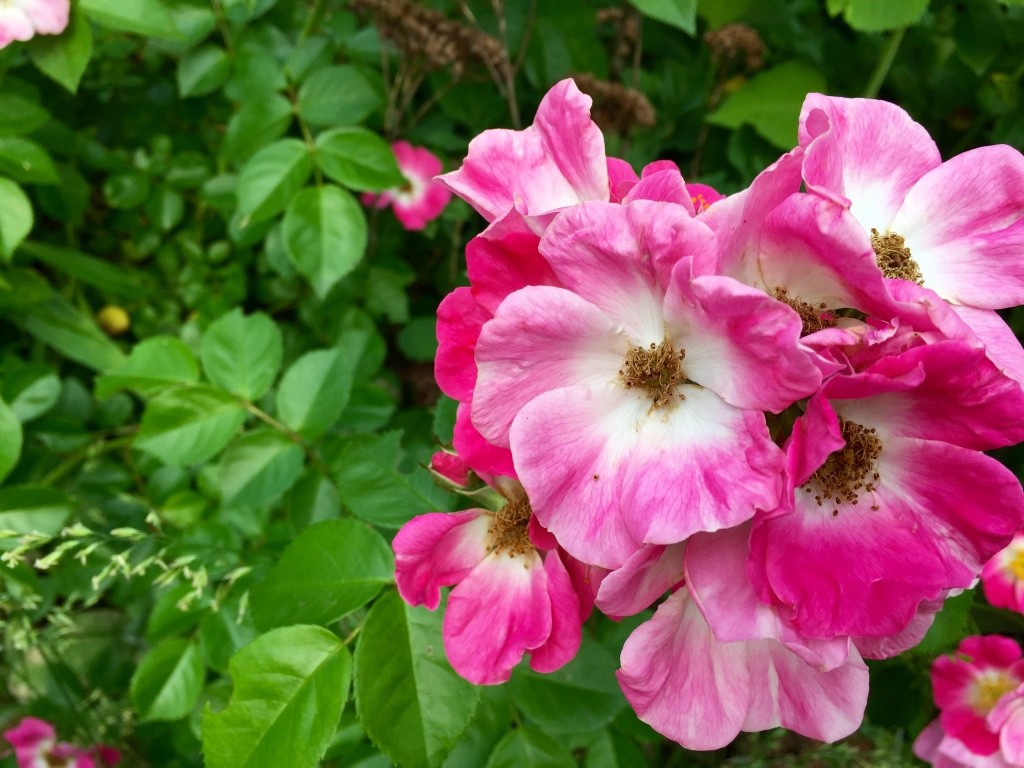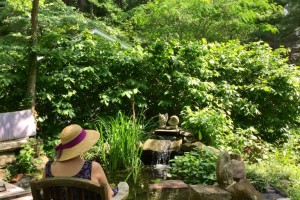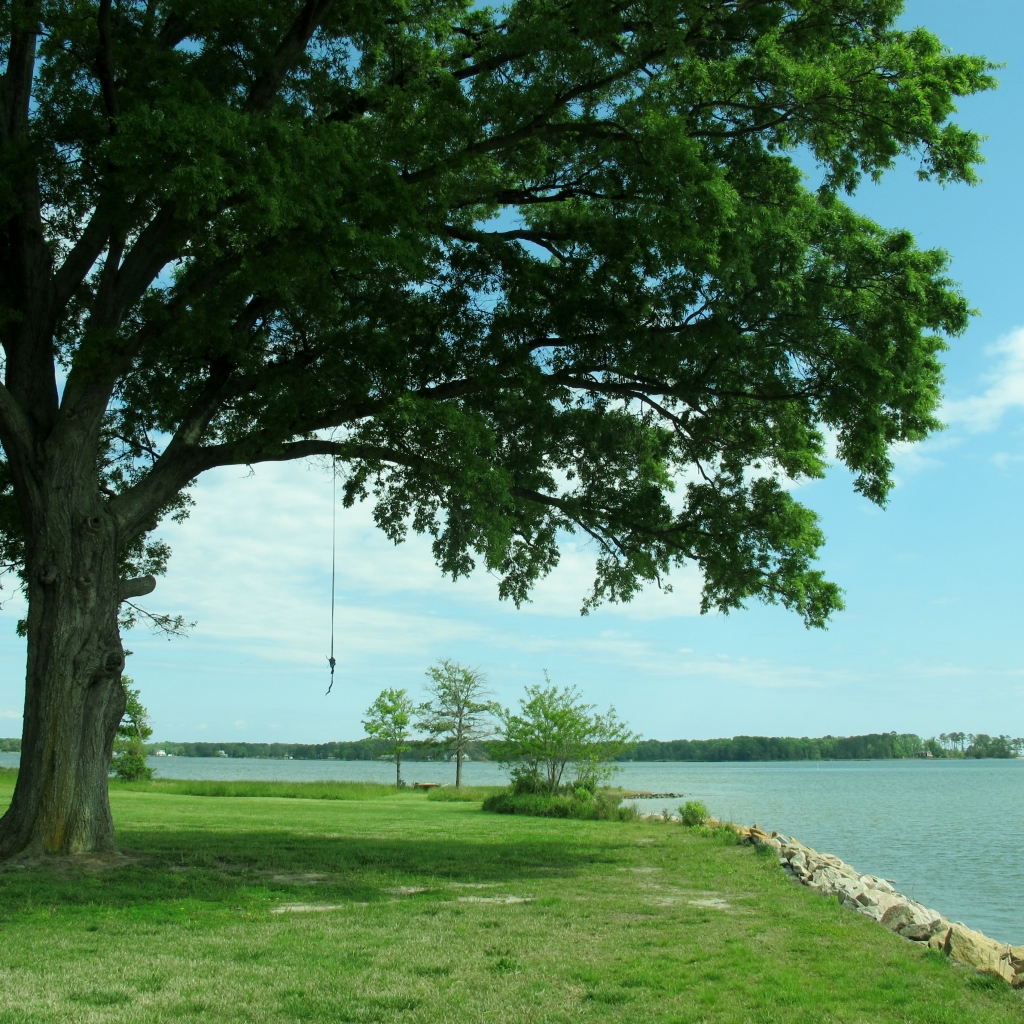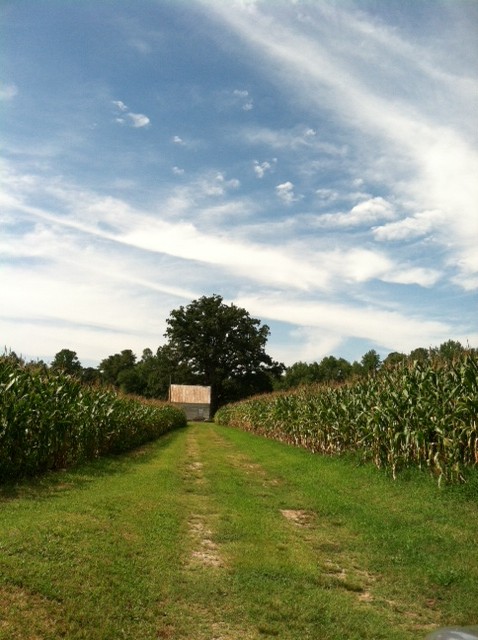
1. Moving the body.
When you feel “stuck”, then it’s time to embody something different. By this, I mean things like taking a walk, simply standing up, or lifting your arms overhead to stretch. We are built to move, and our bodies need to remain fluid and flexible. Consider small, very small steps to take in this direction and notice the impact on your emotions, outlook. What seems doable, enjoyable, in this moment?
2. Meditation. What if you trusted yourself to know how to do this? It takes practice, yes, and yields great benefits. Even for 5 minutes, consider sitting down and noticing your breath in and out. Or take a walk, and notice your surroundings. Centering prayer, mindfulness, or other traditions provide ways to focus attention, quiet the mind, and cultivate new choices. Ann Cushman says in Moving into Meditation, “But a mindfulness practice is not primarily about getting somewhere else. It’s about opening to where you actually are–to what’s true for your real body, your real life. It’s about entering into the realm of your senses: hearing the rain on the roof and the swish of car tires in the puddles, smelling the soured milk and lemon peel in the garbage disposal.”
3. Go outside. Even if you venture outdoors for 5 minutes to clear your head, you have opened a window of possibility. If it’s raining, why not put on a raincoat, or take an umbrella?
4. Write down your experience. Take 5 minutes and write down what you are experiencing in the moment. Allow yourself to write freely, without concern about punctuation, grammar. Write for your own eyes. Then, if you like, tear it up or keep it. Your choice! Sometimes using the written word to gain clarity is remarkable.

